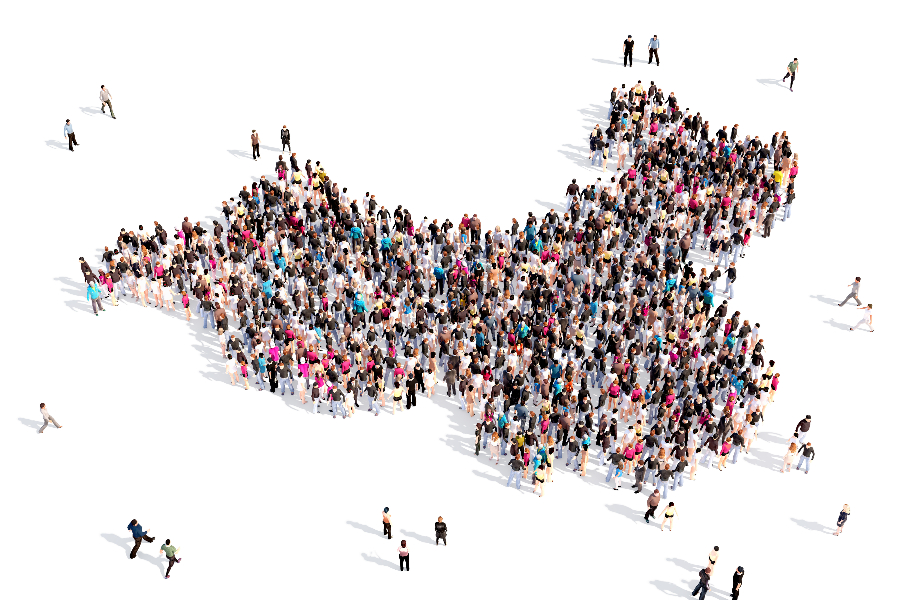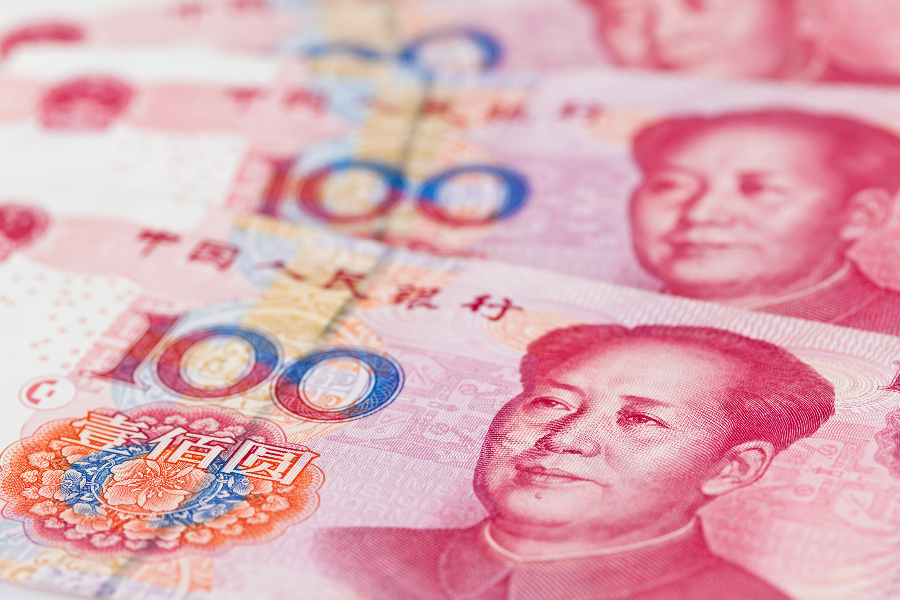China is a world power that everyone knows. China has led Asia with its growth potential. China’s national strength has been behind its growth so far. I will introduce the reason why the Chinese economy has developed.
目次
Looking back on China’s rapid economic growth
China’s rapid growth is far from new. Let’s start with the beginning of the People’s Republic of China.
When the People’s Republic of China was founded, it had maintained an average growth rate of more than 6.9%. However, it was not stable growth. Sometimes it grew by more than 20%, and sometimes it became a big negative growth.
This changed in the late 1970s.
In particular, China’s rapid economic growth since the 1990s is said to have begun in earnest with the “”South Tour”” in 1992, which called for the promotion of reform and opening. Deng Xiaoping spent about a month touring Hubei, Guangdong and Shanghai, calling for reform and openness across the country. This led to an influx of people from rural areas into cities, which supported the development of the later industrial powers.
This has led to the globalization of the market economy.
By utilizing overseas Chinese capital and foreign capital, manufacturing and service industries quickly emerged. By joining the WTO, China has taken on the role of a global factory. In the last 30 years or so, the total value of U.S.-China trade has increased 200 times.
Background of China’s Forex Reserves Becoming the World’s Largest
China’s foreign exchange reserves stood at 3,109,700,000,000 as of August 2018. This is the world’s number one figure, far exceeding Japan’s No. 2 foreign currency reserve of 1,259,300,000,000. The European Union (Eurozone) came in 3rd with 857,965,100,000.
This foreign currency is earned by factories in China. When you settle an export from China, you have to transfer foreign currency from abroad. In other words, in China, the more products are manufactured for overseas markets, the more they are returned as foreign currency.
It is said that it is particularly important for developing countries to have a certain amount of foreign currency reserves in order to facilitate international trade. However, while China has a large amount of foreign exchange reserves, its foreign debt has also ballooned, raising concerns about the situation.
The exchange rate is also an important factor. GDP is calculated on a dollar basis. When the yuan’s exchange rate drops, the People’s Bank of China will sell its foreign currency reserves and buy the yuan to support the rate.
As a result, foreign exchange reserves, which once stood at $4 trillion, fell to about $3 trillion in 2018. The yuan is expected to remain stable at $3 trillion for the time being, but the depreciation of the yuan is expected to cause fluctuations in foreign exchange reserves.
Trade friction between the United States and China is attracting the attention of the world as a particularly worrisome factor. If this overheats up, the yuan will be sold, and the People’s Bank of China will also need buying operations. Excessive depreciation of the yuan will damage the economy, drawing attention to the measures taken by the People’s Bank of China.
property of China’s growing population

China’s rapid growth was supported by the world’s largest population. In the South tour, cheap labor from rural areas moved to urban areas, supporting industrial development and the growth of the service industry. It can be said that the increase in population supported economic growth.
Unfortunately, the working-age population started to decline in 2012. The working age population is from 16 to 64 in Japan, but in China it is from 15 to 59. Since 2012, China’s working-age population has been decreasing by the order of several 1 million people.
China’s working-age population peaked in 2011 and is linked to economic growth. The decline in the working-age population is expected to continue in the future, and this is an element of anxiety about the future of the Chinese economy.
This decline in the working-age population will be greatly affected by the one-child policy. China abolished its one-child policy in 2015. But the impact on the working-age population will be felt over time. The social impact of 36 years of population control measures is enormous. It is inevitable that fewer people will support the economy due to the declining birthrate and aging population.
China has had a strong presence as a global factory, but its strategy has reached a turning point due to a decrease in the working-age population and an increase in labor costs. Labor costs are rising, reflecting a decline in the working-age population, and we are faced with the challenge of maintaining our competitiveness as a global factory.
Summary
Many Japanese companies have used China as a global factory and have made it a strategic country to expand overseas. However, we can say that the time has come when China is used as a global market. Many global companies such as automobiles and cosmetics are expanding into China. The key to success in overseas expansion will be how much share we can gain in China.



